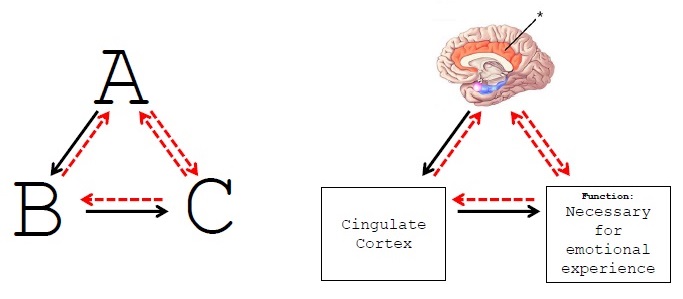


Technology is rapidly changing the face of education. Technology has the potential to deliver individualized, effective instruction. This is not a new idea. In fact, Fred Keller proposed individualized systems of instruction in 1968. Now, with the proliferation of computers we have a means to disseminate this technology. The basic principles are straight forward. Effective instruction should: 1) Break information into small units, 2) Require mastery of one unit before proceeding to next unit, 3) Allow for frequent opportunities to respond to material, 4) Provide specific feedback on learning, and 5) Allow learners to move through material at his or her own pace.
One of the primary areas of ACE Lab research is Equivalence Based Instruction (EBI), which capitalizes on the strengths of programmed instruction and incorporates generative instruction. EBI incorporates principles of stimulus equivalence, which has mainly been studied in basic research labs. Our goal is to use these principles to develop computerized applications for college-level instruction. We have created applications to teach concepts of inferential statistics, behavioral functions, and neuroanatomy. We also conduct research on the effectiveness and efficiency of various components of stimulus equivalence in order to build robust learning programs that can lead to mastery of material in a minimal amount of time. As mentioned above, our EBI programs capitalizes on programmed instruction in that we break down information into small units, require mastery of each unit, require lots of active responding, provide lots of feedback, and match the pace of instruction to the learner’s needs.
Stimulus equivalence occurs when an organism associates two physically distinct stimuli that have not been directly paired, but have been paired to a mutual stimulus (Sidman, 1994). When several properties are demonstrated, a set of stimuli are an equivalence class and function interchangeably. Reflexivity occurs when a stimulus bears a relation to itself (A=A). Symmetry is the reversibility of stimuli, that is, associating B with A following teaching that A goes with B. Transitivity occurs when two stimuli are related through a mutual stimulus. For instance, if taught A=B and B=C, transitivity is A=C. Equivalence is the symmetry of transitivity, or C=A. The diagram above illustrates relations that are formerly taught (black arrows) and relations likely to emerge without additional training (red arrows).
We apply this paradigm to college-level concepts, such as neuroanatomy, which is illustrated above. In a neuroanatomy course, one must learn several pieces of information about many different brain structures and systems. This includes a diagram of the brain structure, the name of the structure, and the function of that structure. The illustration is of information related to the Cinglate Cortex. By carefully selecting the relations we teach, we can minimize direct instruction and maximize learning outcomes. For instant, we can teach students to select names of structures in the presence of pictures and to select functions when given names (2 relations). This is likely to result in the emergence of 2 symmetry relations (choose picture given name, choose name given function), a transitive relation (choose function given picture), and an equivalence relation (choose picture given function). In total, teaching 2 relations results in learning 6 relations.